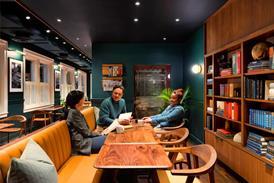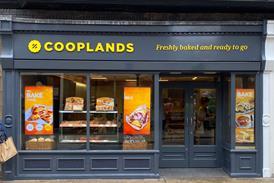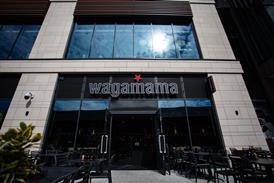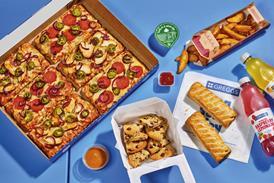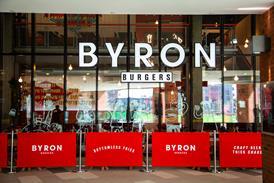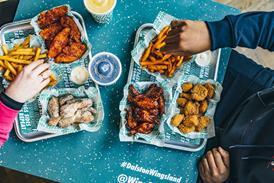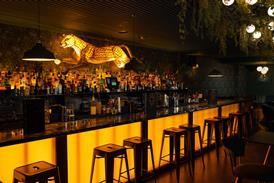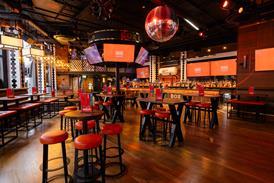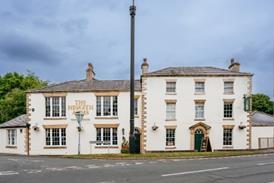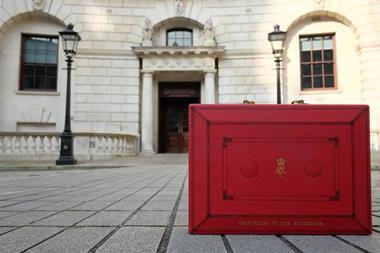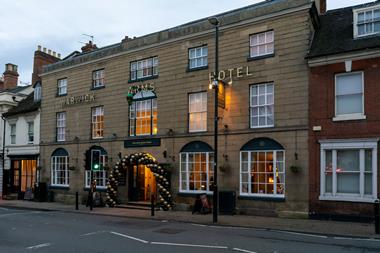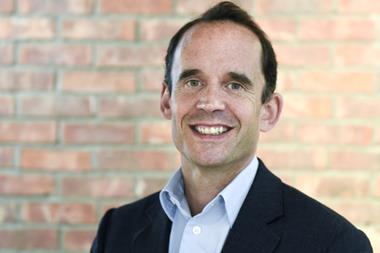Inside Track by Mark Stretton
Restaurant “quarters” – large groupings of eating concepts – seem to be springing up all over the UK at a rapid rate. It has prompted the question: “is there a danger that too much capacity is coming into the market?”
Jim Fallon, the managing director of M&A adviser McQueen, believes it could be so. Speaking at M&C Report’s Restaurant 2007, he told an audience of senior industry people that the current proliferation of eating-out hubs across the UK put him in mind of the over-expansion of the town centre pub and bar market, at the end of the 1990s.
Back then – a three-year period between 1999 and 2001 – some £3bn of capital was injected into the market. Naturally, returns dropped like a stone, and in the end there was simply too much capital and capacity chasing too few customers. A pricing war ensued, a bloodbath followed, and some firms went bust. Many of those same units have since been converted to casual-dining chains, in most cases very successfully.
Is history going to repeat itself in the eating-out market?
The caveat is that clearly the markets are very different. A different consumer occasion, different average spend, largely a different age range of customers, eating out is less discretionary than drinking out and so on.
The most striking difference is that eating-out is in strong growth and despite that high street rush, drinking out has been in slow decline for decades.
A more pertinent comparison lies perhaps with the health and fitness sector. At more-or-less the same time as the bar market explosion, when the fitness sector was growing at between 5-6% a year, every company did exactly the same thing at exactly the same time – they all built massive amounts of capacity.
Once again there are reasons why the two are different and it is worth noting that the combined sum of multiple-site restaurant groups in the UK still only accounts for a small part of the market. It’s also worth noting that the chain restaurant and pub-food sector is taking market share from independent operators.
What is undeniable is that a restaurant rollout rush is underway in every UK town and city, and in such a scenario some operators will inevitably end up with marginal sites.
For evidence one only has to look at Tasty, the group behind the burgeoning Dim T chain, which is backed by Adam and Sam Kaye and recently closed a site in Nottingham. The Kayes don’t normally make mistakes with property – it is one of their strengths – so perhaps it is telling that they have made a rare fumble at this time.
Similarly, in the midst of a feverish rollout, which has now been curtailed by a new management team, FishWorks stumbled with a site in Notting Hill.
One of the few criticisms of Carluccio’s, the Aim-listed caffe-come-deli operator led by Simon Kossoff, is its perceived pedestrian rate of expansion. Much more value could be created if the company accelerated its rollout up to 15 sites a year, is the theory. It is probably why Richard Caring, the entrepreneur who bought Strada for £57m and sold it for £140m two years later, is sat on the share register with a 10% stake.
As Carluccio’s steps out of London, finding the right sites will become harder but its meticulous and considered approach could soon be recognised as a strength, not a weakness.
There is a danger, at least in the short-term, that supply will to some extent outstrip demand, especially given the context of what appears to be a changing economic climate.
The UK has enjoyed consecutive GDP growth for 14 years but it will likely be below 2% this year, costs are rising for both businesses and the consumer. Inflation is rising because of global issues therefore interest rates cannot be cut so the consumer faces a bit of a squeeze.
Added to this is the prospect of thousands of independent pubs using food as a defensive play against the smoking ban. They may find the going tough against the array of sophisticated, value-for-money offers already available in the market.
Ultimately innovative, well-capitalised companies with good concepts and good people will be fine. But in the rollout rush, there could be some casualties. Those with average concepts and poor businesses could really struggle.
Talking up a £10bn supergroup
Sunday Times’ business editor John Waples (always worth a read) this weekend wrote about a trend emerging in the wake of ongoing financial uncertainty and the credit crisis – the return of nil-premium mergers and share-based deals.
The main thrust was that such deals had in recent times been jumped upon by private equity, but the current lending freeze had encouraged a number of companies to look at more paper mergers.
His article put me in mind of a previous piece in this column about the merits of Punch Taverns and Mitchells & Butlers coming together.
The abridged version is like this: merge the two businesses, put Spirit with M&B into a new company, but leave the freeholds with Punch under free-of-tie lease agreements.
For M&B, it would go a step further towards creating a single managed “superpub” group, and represent an alternative way of realising the vast property value on its balance sheet. It could probably construct a deal in such a way that it keeps some ownership or benefits in some way from accruing property values. Punch would be the white knight in the face of immense pressure from Robert Tchenguiz.
The deal would be something of an end game for Punch CEO Giles Thorley, creating a 10,000-plus leased pub group. It would – I am told – take Punch over the 75% rent income rule for companies that want to apply for tax-efficient Real Estate Investment Trust status.
The theory, first put up by a leading analyst, provoked strong and contrasting reactions, from a few who dismissed it as pie-in-the-sky nonsense to a good many others who suggested such a transaction was compellingly logical. Perhaps the deal is not quite as fanciful as I first thought.

